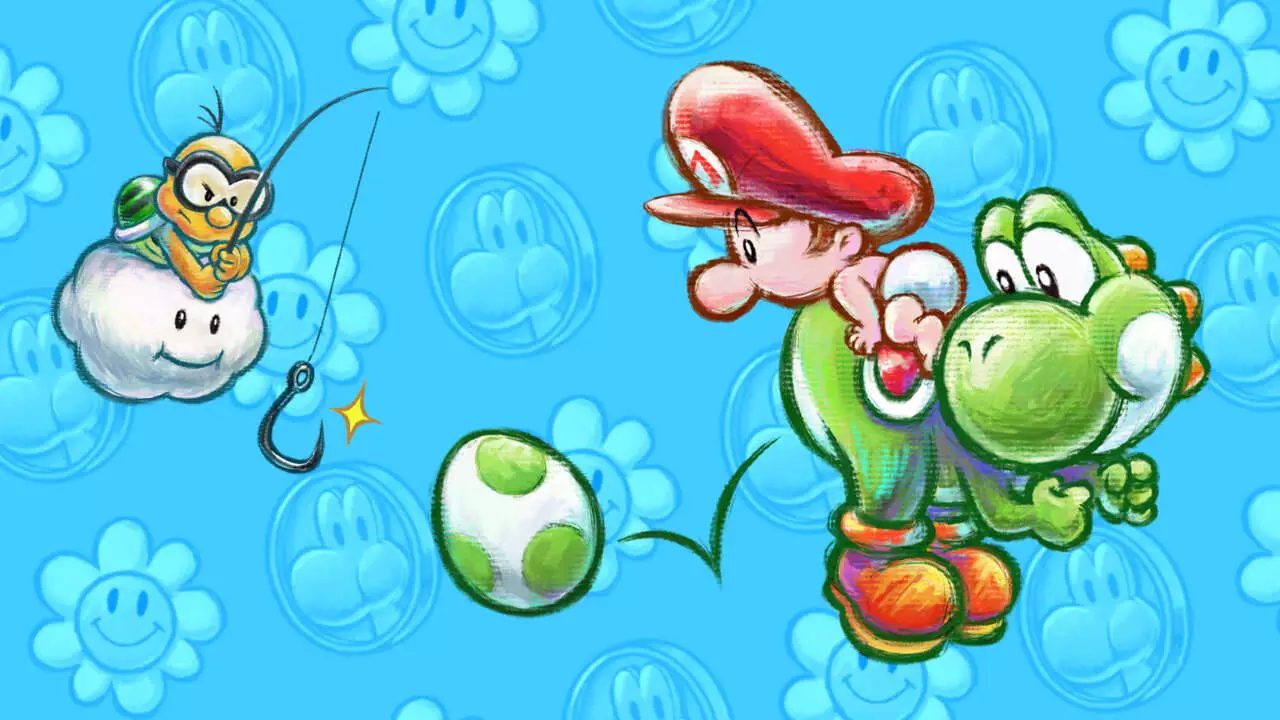The excitement surrounding the opening of the Nintendo Museum in Kyoto, Japan, has captivated fans worldwide. This institution is not merely a nostalgic collection of Nintendo memorabilia but serves as a platform for deeper discourse about the company’s rich history and the games that shaped its legacy. A striking example of this is the ongoing debate regarding the classification of “Yoshi’s Island,” an iconic entry in the Nintendo franchise.
Setting the Stage for Gaming Legacy
Nestled within the former Nintendo headquarters, the Nintendo Museum will undoubtedly become a pilgrimage site for enthusiasts. The museum’s architecture and design promise an immersive experience that highlights Nintendo’s innovation and diversity within the gaming world. From its inception in 1889 as a playing card company to its evolution into a gaming titan, Nintendo has always inspired curiosity and dialogue. With sections dedicated to specific franchises, the museum offers an organized but compelling narrative that aligns with fans’ deep-rooted loyalty.
One of the most heated discussions in the gaming community centers around “Yoshi’s Island” — is it primarily a Yoshi game or a Mario title? Dan Ryckert’s analysis from a preview event adds an intriguing layer to this discourse. During his visit, he noted that the exhibit dedicated to the Mario franchise was extensive, showcasing numerous titles and spin-offs. However, he observed a significant absence: “Yoshi’s Island” did not join its seemingly kin, as it found a home within the Yoshi franchise section. This distinctive categorization provides a clear, albeit unexpected, verdict from Nintendo itself. As far as the museum is concerned, “Yoshi’s Island” stands apart from the Mario lineage.
Implications of Nintendo’s Classification
This division can trigger a deeper reflection within the fan community about identity in gaming. Several players have often viewed “Yoshi’s Island” through the lens of nostalgia and its gameplay mechanics. The game features Yoshi as the protagonist, collaborating with Baby Mario, which can make its association with Mario’s franchise appear logical. Nonetheless, Nintendo’s decision to allocate it within the Yoshi display reinforces that a game’s identity can transcend association with prominent characters, reflecting more about thematic content and gameplay.
While Ryckert humorously vowed to exert pressure on his Nintendo contacts for a potential reassessment of the categorization, it highlights ongoing playful banter among fans. For those who possess strong opinions on the matter, it’s a chance to engage critically with the notion of identity in beloved games. Could this intentional split guide future gaming discourse? Or will it simply feed the fire of debates that shape community interactions? Regardless, players can gauge the essence of “Yoshi’s Island” for themselves, as it remains available through Nintendo’s subscription service for the Super NES.
The Nintendo Museum does more than just showcase; it invites exploration into identity, categorization, and the nostalgic relationship fans maintain with their favorite characters. As we anticipate its grand opening, we ask ourselves: will debates over gaming icons be forever impacted by what we discover in Kyoto? The answer may lie in the museum’s thoughtful curation of history, all framed through the lens of cherished franchises.


Leave a Reply